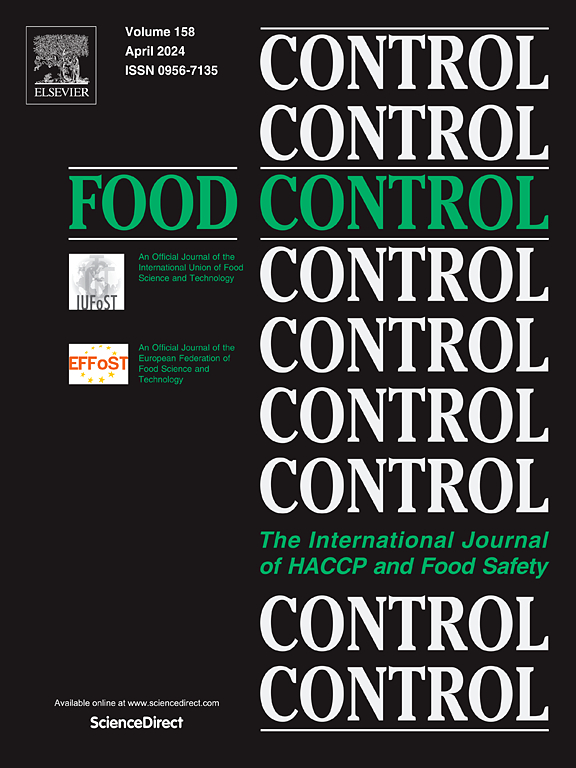Effect of microwave thawing on muscle food quality: A review
IF 5.6
1区 农林科学
Q1 FOOD SCIENCE & TECHNOLOGY
引用次数: 0
Abstract
Presently, in the food industry, Microwave thawing technology has gained widespread attention as an innovative means of food processing due to its dielectric properties, which allow microwave energy to rapidly penetrate frozen muscle foods as an efficient thawing technology. This paper reviews the current state of research on microwave thawing technology in the muscle food industry. Its mechanism of action and influencing factors are elucidated. The advantages and disadvantages of microwave thawing technology are analyzed by comparing data. The application of microwave and its combined thawing technology in muscle foods is reviewed. Finally, the development prospects of combined thawing are highlighted. Studies have shown that microwave thawing technology not only saves time and energy while inhibiting microbial growth, but also improves water retention. However, it is not without limitations, with issues such as lipid oxidation, protein degradation, and localized overheating being identified. In order to address these issues, the use of combined thawing techniques is an effective technology of reducing the negative effects of a single technique. Consequently, in order to promote innovation in the muscle food processing industry, further research into combination thawing is required.
求助全文
约1分钟内获得全文
求助全文
来源期刊

Food Control
工程技术-食品科技
CiteScore
12.20
自引率
6.70%
发文量
758
审稿时长
33 days
期刊介绍:
Food Control is an international journal that provides essential information for those involved in food safety and process control.
Food Control covers the below areas that relate to food process control or to food safety of human foods:
• Microbial food safety and antimicrobial systems
• Mycotoxins
• Hazard analysis, HACCP and food safety objectives
• Risk assessment, including microbial and chemical hazards
• Quality assurance
• Good manufacturing practices
• Food process systems design and control
• Food Packaging technology and materials in contact with foods
• Rapid methods of analysis and detection, including sensor technology
• Codes of practice, legislation and international harmonization
• Consumer issues
• Education, training and research needs.
The scope of Food Control is comprehensive and includes original research papers, authoritative reviews, short communications, comment articles that report on new developments in food control, and position papers.
 求助内容:
求助内容: 应助结果提醒方式:
应助结果提醒方式:


